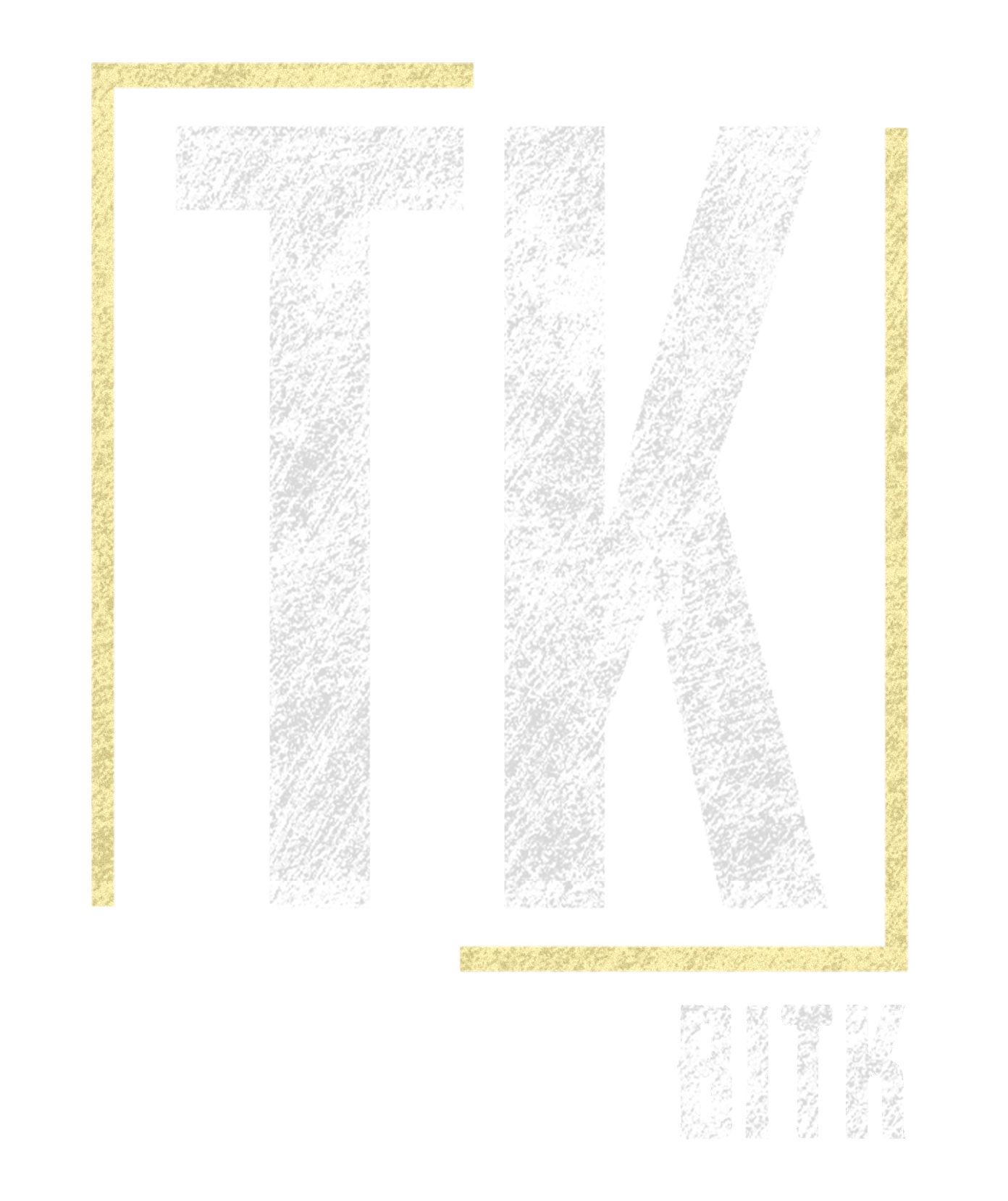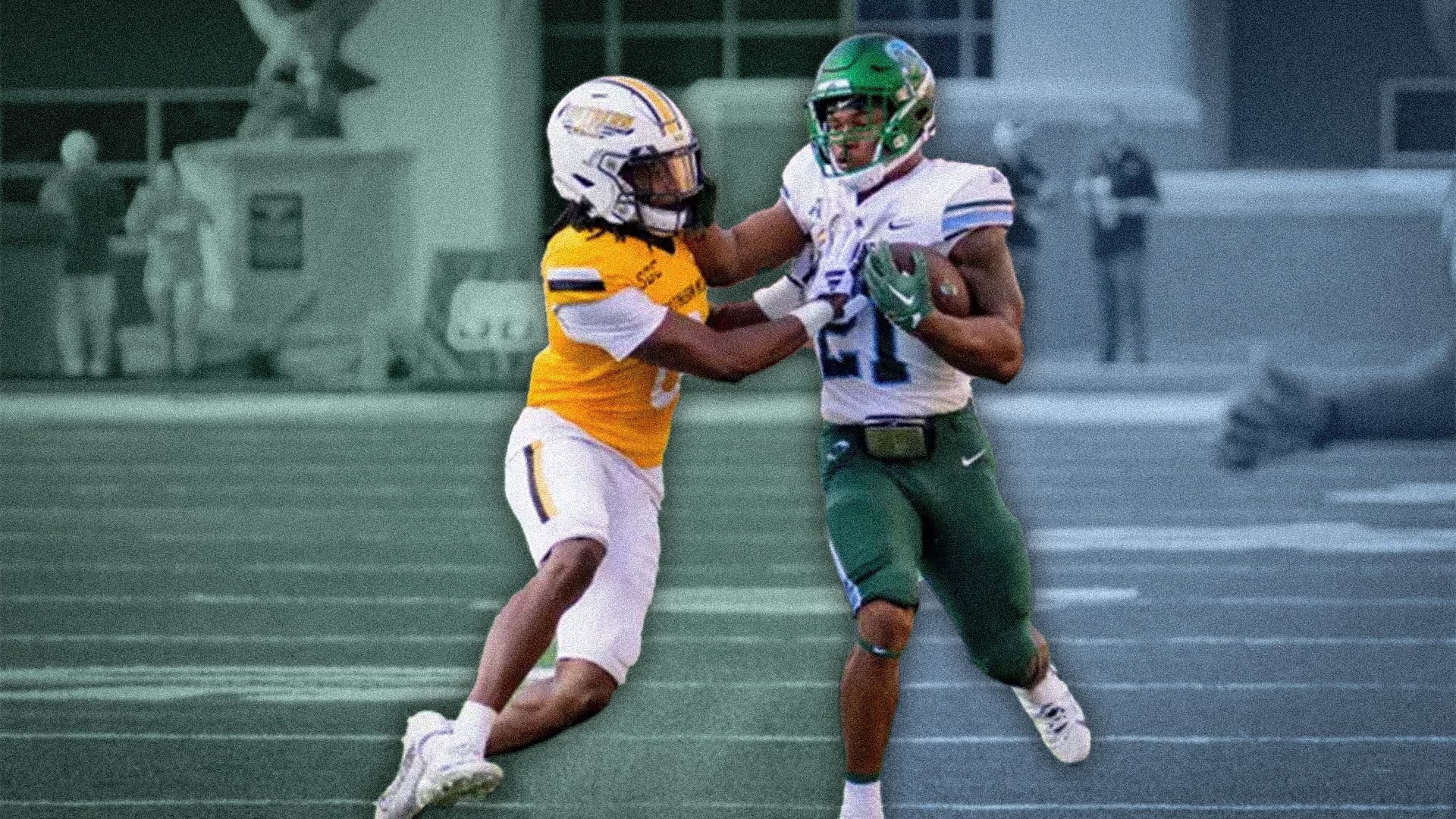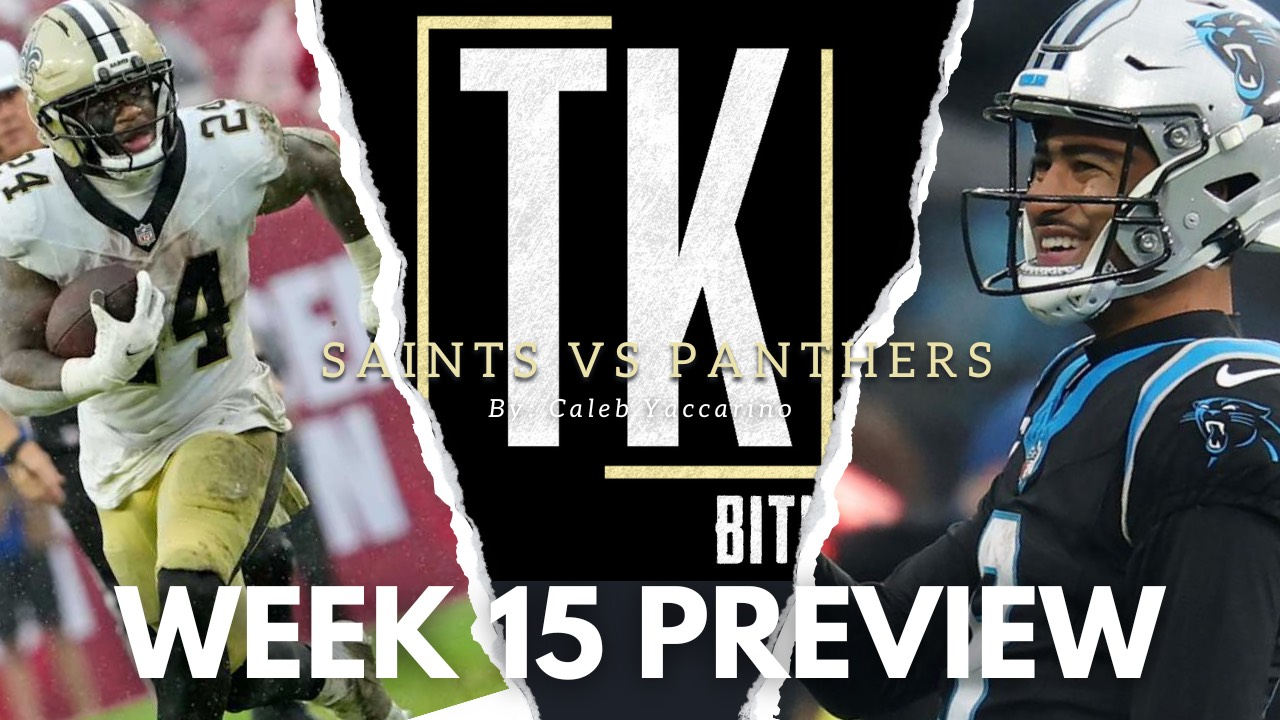Who should be Tulane's RB1?
It’s always hard to replace a legend, and that’s exactly what Tulane Head Coach Willie Fritz is attempting to do this season after losing running-back Tyjae Spears to the NFL. Spears finished last season with 1581 yards rushing and 19 rushing touchdowns, as well as 256 yards receiving and two touchdowns through the air. Spears was one of the greatest running-backs in Green Wave history and was a perfect fit for Coach Fritz’s mentality on offense. Coach Fritz has always been a run-first coach, so it’s no surprise that even after Spears’ departure he has continued with that approach in the 2023 season. The issue with that approach coming into the season was that he didn’t seem to have a clear-cut number one running-back. However, I believe after three games one guy has started to separate himself from the rest of the pack.
To this point, we’ve seen Coach Fritz take the running-back by committee approach and deploy four different guys at the position: Shaadie Clayton-Johnson, Iverson Celestine, Shedro Louis, and Makhi Hughes. I think it’s fair to say that each one has flashed a time or two when given the chance, but in my opinion, freshman Makhi Hughes has stood out the most.
In week one against South Alabama, Hughes was the last player to get the opportunity to show what he could do. He finished the game with eight carries for 41 yards and averaged 5.1 yards per carry. But stats alone aren’t enough to declare Hughes the number one back. So, what about Hughes makes him the perfect guy to take the torch from Tyjae Spears?
When you put on film of Makhi Hughes, his blend of power and balance immediately jump off the screen. These physical traits combined with his quick decision making are what make Hughes a fascinating player. At 5’11 205 pounds, Hughes fits that “bowling ball” term that’s been coined throughout the sport. In the clip below from the week one game against Southern Alabama, you can see all the attributes I mentioned on display. After he gets the ball Hughes is patient, but the second he sees a hole open he puts his foot in the ground and cuts up field. He then absorbs a hit in the legs from one defender while shedding an arm tackle from another. If that wasn’t impressive enough, he bounces off a safety coming down hill with ease and within milliseconds stops and avoids another defensive back with a spin move back towards the middle of the field.
That single play from week one shows everything that Hughes is capable of. However, week one only gave us a taste of Makhi Hughes. The freshman’s best game to date came in week two against Ole Miss. Facing his most difficult challenge in an SEC opponent, Hughes finished the game with 23 carries for 92 yards and his first touchdown.
This play may not seem like much, and to be fair, it was only a gain of a few yards. But I think it’s the perfect example of Hughes’ strength. Hughes hits a wall of players two yards short of the first down marker, but he continues to drive his legs and uses his strength to carry three defenders and get the first down. The strength he already has as a freshman is impressive, and you imagine that he will only get stronger as he gets older.
Here is another example of Hughes’ instincts and his ability to make the right decisions quickly. He takes the handoff from Kai Horton, makes one small jump cut to the right then shoots through the hole. Another thing that you’ll notice in this clip is that the first defender again is unable to bring him down. He bounces off the linebacker at the first down marker and gains five more yards before he is finally brought down. The balance and power Hughes has at his age is special.
In this final clip we see a different wrinkle in the Tulane running game with Makhi Hughes as the wildcat quarterback. Even with the entire Ole Miss defense knowing he was getting the ball; we see the same story play out. Hughes gets the ball, makes the quick cut to the hole, then uses his power to blow through every defender in his path to the end zone.
In week three Tulane battled Southern Miss, and it seemed that Coach Fritz was starting to come around to the idea of Hughes being the number one back. He outpaced all other backs with 14 carries. He took full advantage of those 14 carries racking up 83 yards. Most of his damage came in the fourth quarter as Coach Fritz leaned on Makhi to close out Southern Miss.
While I believe that Makhi Hughes is the most talented running-back on the Green Wave roster and should be the number one back, I don’t believe he is the only talented running-back on the roster. All four of the guys I mentioned at the beginning of this article have talent and have made a case to get touches. One is sophomore Shaadie Clayton-Johnson. Makhi Hughes isn’t a slow back by any means, but it’s fair to say that speed isn’t what he’s becoming known for. At all levels of football these days we see teams have multiple running backs that complement each other, and in my opinion, Clayton-Johnson can the sidekick to Makhi Hughes.
Clayton-Johnson only finished with two less carries than Hughes against Southern Miss and rushed for 66 yards himself. For the season, Shaadie is averaging a respectable 4.7 yards per carry on 23 carries for 109 yards. He has had a plethora of moments, especially this past weekend against Southern Miss, where he looked like the most explosive back on the roster. His performances thus far have proven that he deserves to be on the field.
Like I mentioned, Coach Fritz wants to operate with a run-heavy scheme, so there are more than enough touches to go around for both Hughes and Clayton-Johnson. However, I think Makhi Hughes has shown the ability to be a true workhorse back. The recipe for Coach Fritz going forward should be a heavy dose of Makhi Hughes, with a side of Shaadie Clayton-
Johnson and a true speedster like Shedro Louis sprinkled in from time to time.
It’s hard to replace an all-time great player, and by no means am I saying that Makhi Hughes will live up to or surpass the production of Tyjae Spears. But he doesn’t have to for Tulane to be just as successful again this season. However, with that said, I do believe that Makhi Hughes has all the traits to be a special talent and have an incredible career in his own right, and I think Coach Fritz should give him the chance to do just that.
*All clips and stats were provided by ESPN*
Follow Dave on X
A quick share helps us a lot!



